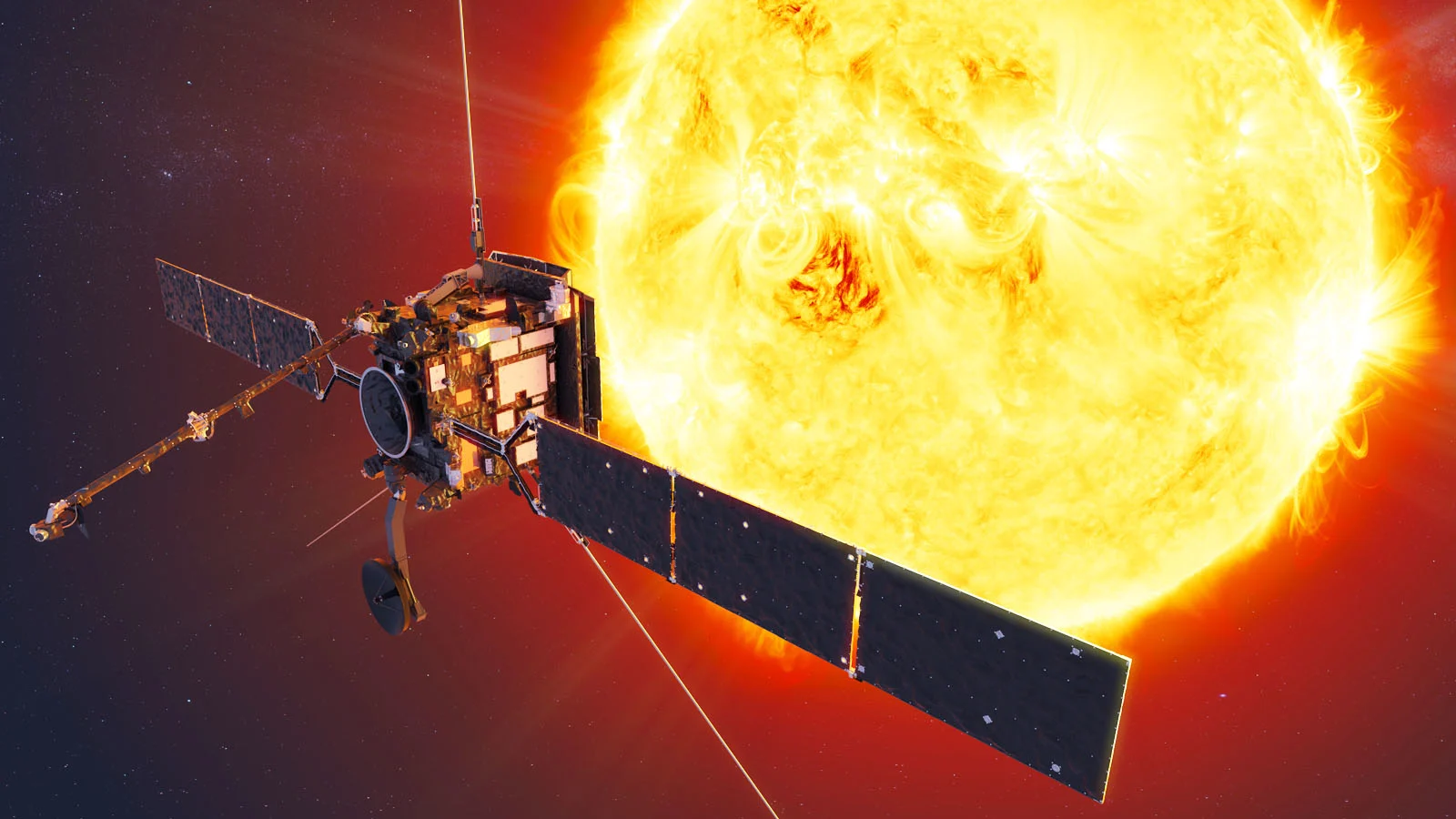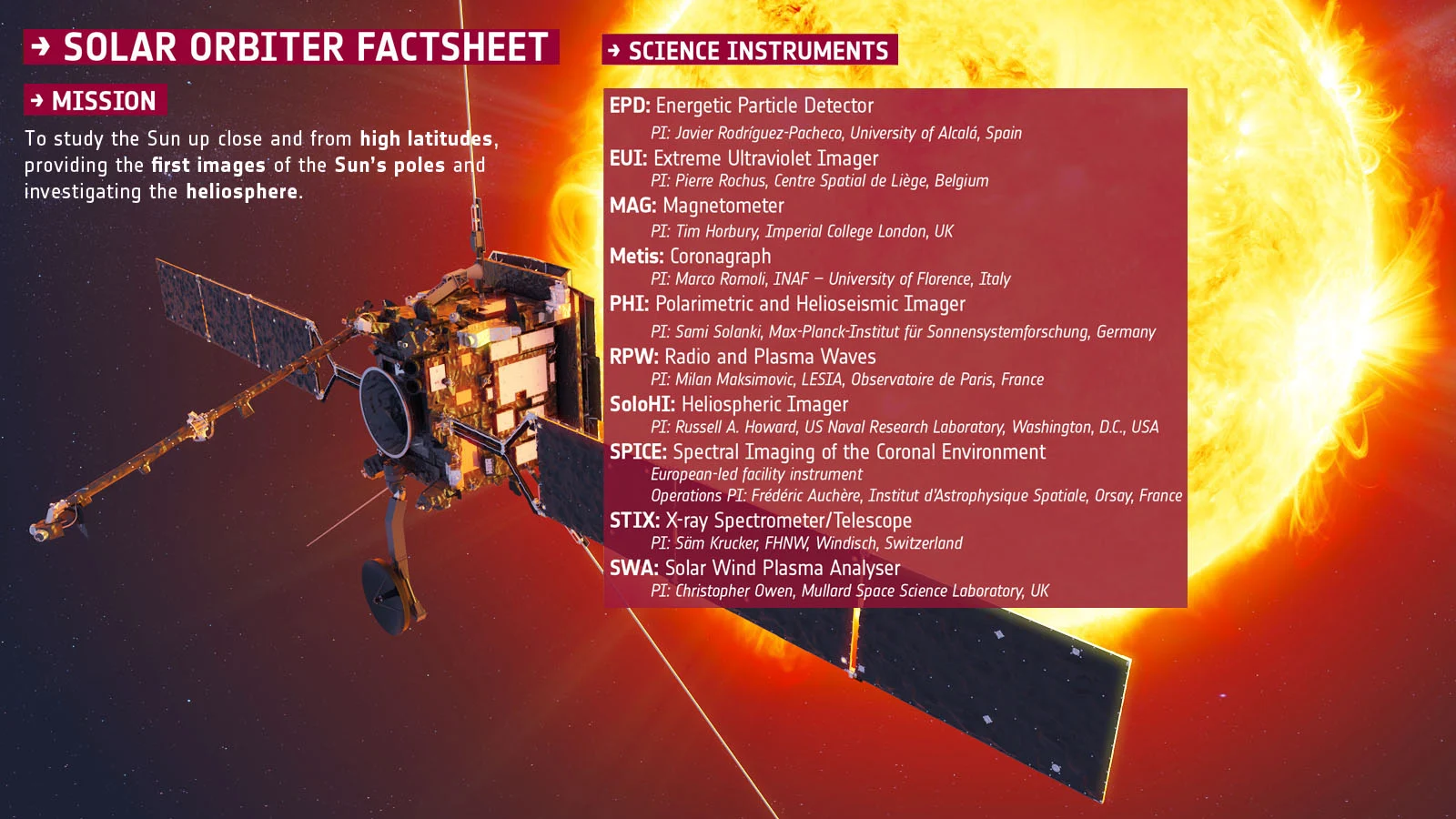
Solar Orbiter: New spacecraft to reveal never-before-seen views of the Sun
This new space mission will give us never-before-seen views of the Sun
The latest space mission intended to help us understand the Sun is now on its way after a Sunday night launch.
The Solar Orbiter, a joint mission between NASA and the European Space Agency, lifted off at precisely 11:03 p.m. EST on Sunday, Feb. 9, 2020, blasting towards space from Space Launch Complex 41.
SLC 41 is the same pad that launched the Helios solar probes in 1974, Vikings 1 and 2 in 1976, Voyagers 1 and 2 in 1977, the Mars Reconnaissance Orbiter (MRO) in 2004, the New Horizons spacecraft to Pluto in 2006, the Juno mission to Jupiter in 2011, and The Mars Science Laboratory, aka Curiosity, in 2011. Each of these past missions has had a profound effect on our understanding of our solar system (and beyond). Solar Orbiter promises to add to that legacy.
According to the ESA: "Solar Orbiter, an ESA-led mission with strong NASA participation, will provide the first views of the Sun's uncharted polar regions, giving unprecedented insight into how our parent star works. It will also investigate how intense radiation and energetic particles being blasted out from the Sun and carried by the solar wind through the Solar System impact our home planet, to better understand and predict periods of stormy 'space weather'."
Space weather - which includes sunspots, solar flares, solar wind and solar storms (aka coronal mass ejections) - is a growing concern as human society becomes more dependent on technology. Solar flares can cause radio blackouts on the Sunward side of the planet. Solar storms - immense clouds of charged, magnetized solar plasma - are potentially even more problematic. They are responsible for some of the brightest displays of the auroras, but their effects on Earth's geomagnetic field can cause blackouts, and they can even damage orbiting spacecraft and satellites.

This artist depiction of the spacecraft facing the Sun lists the 10 science instruments Solar Orbiter is carrying on its mission. Credit: ESA/Scott Sutherland
Currently, NASA and the ESA have several missions already keeping an eye on the Sun or investigating it more closely. The Solar Dynamics Observatory, Solar and Heliospheric Observatory and Solar Terrestrial Relations Observatory (STEREO) all keep constant watches for solar activity on or around the Sun. The Advanced Composition Explorer (ACE), WIND and Deep Space Climate Observatory (DSCOVR) monitor the solar wind and near-Earth space environment for approaching solar storms. The Parker Solar Probe has been diving into the Sun's atmosphere (the corona) for a closer look and feel, in an attempt to unlock the mysteries surrounding the behaviour of the solar wind and the extreme heat of the corona.
Now, Solar Orbiter will add to this by revealing the north and south poles of the Sun to us. No other mission has shown us the Sun from that vantage point!
"As humans, we have always been familiar with the importance of the Sun to life on Earth, observing it and investigating how it works in detail, but we have also long known it has the potential to disrupt everyday life should we be in the firing line of a powerful solar storm," Günther Hasinger, ESA Director of Science told NASA. "By the end of our Solar Orbiter mission, we will know more about the hidden force responsible for the Sun’s changing behaviour and its influence on our home planet than ever before."










